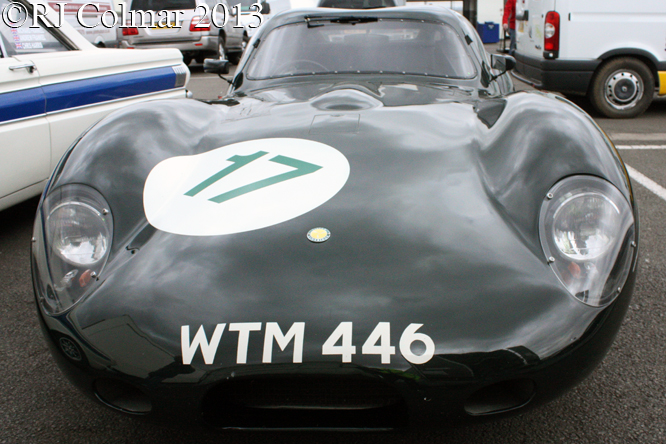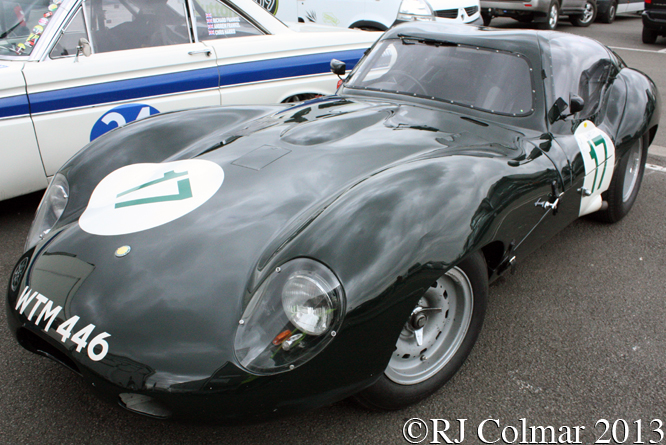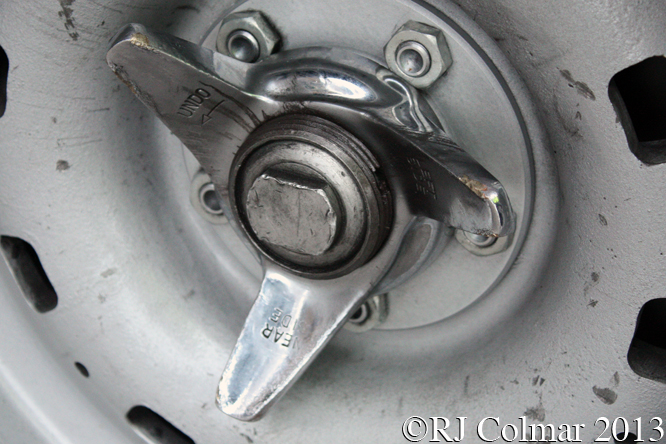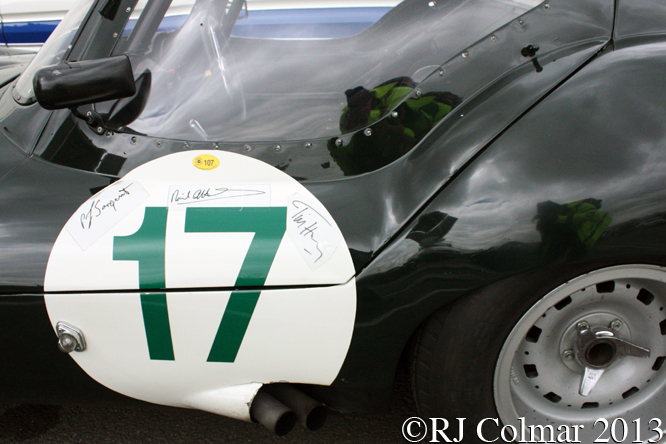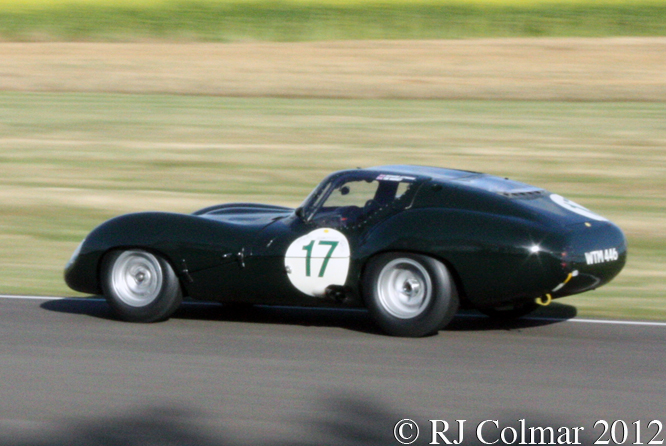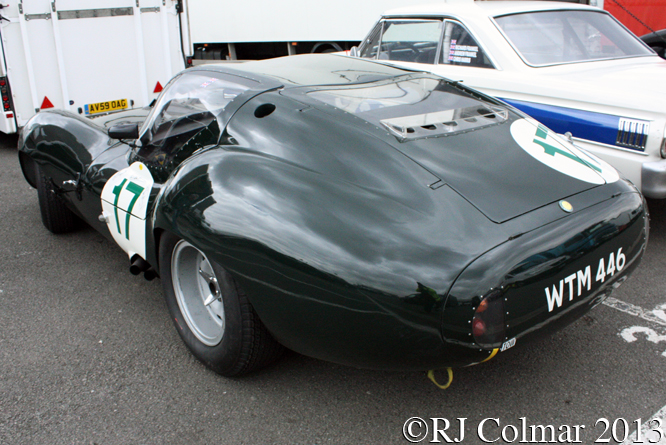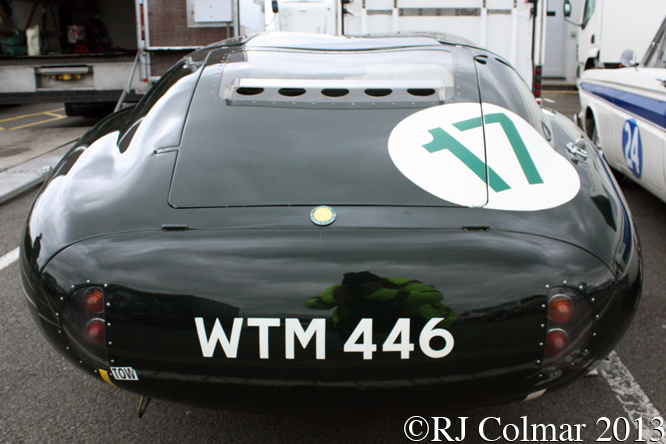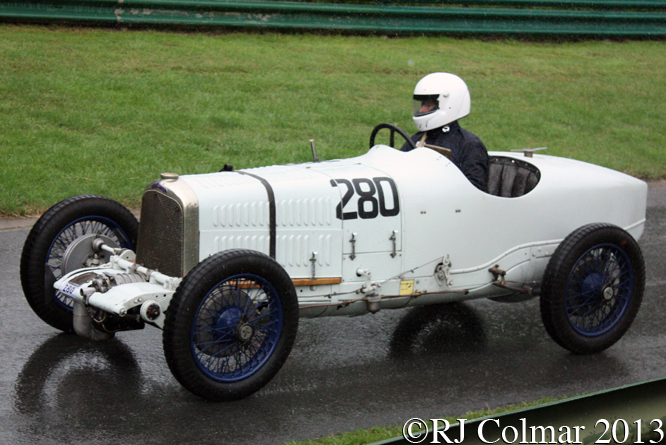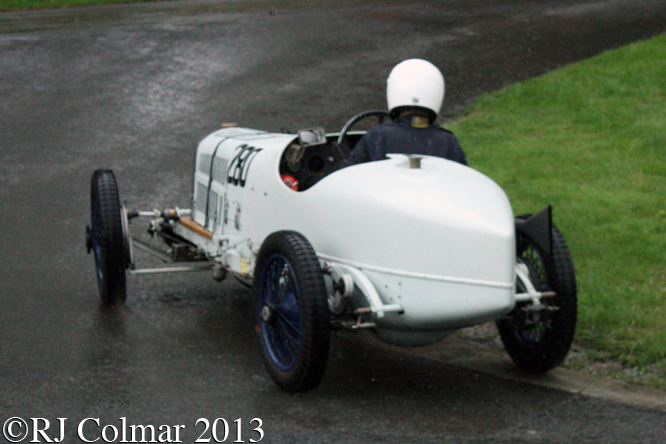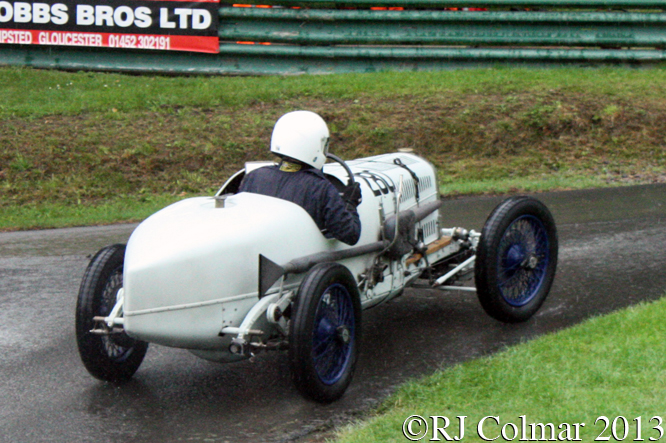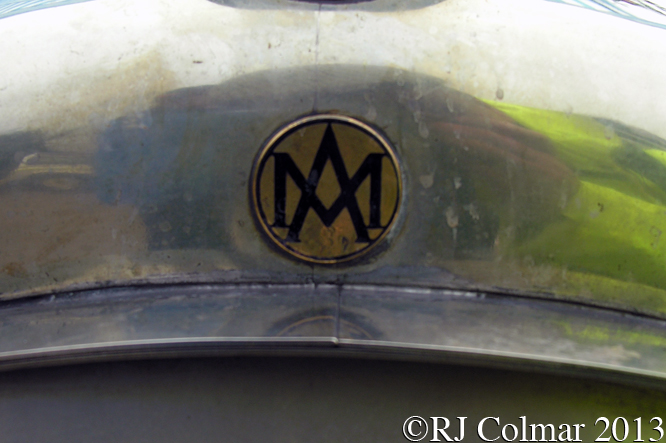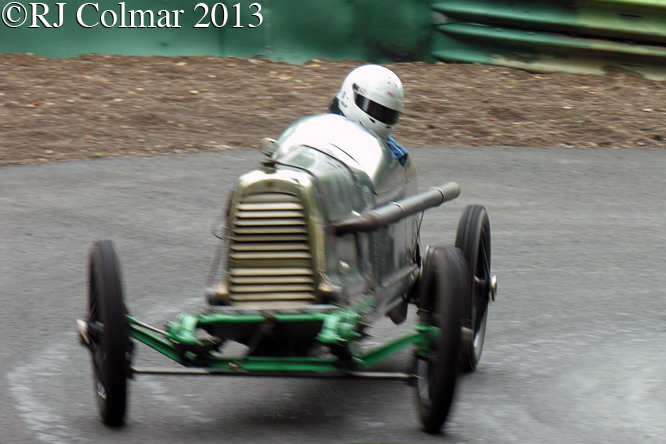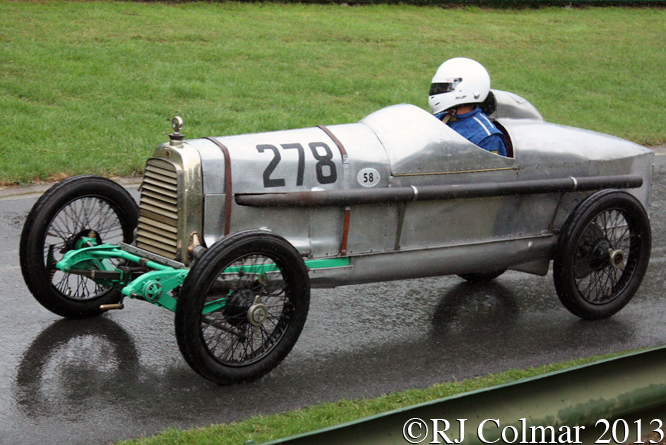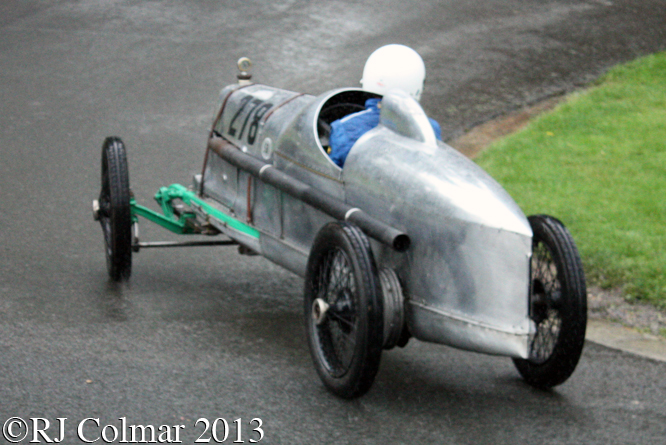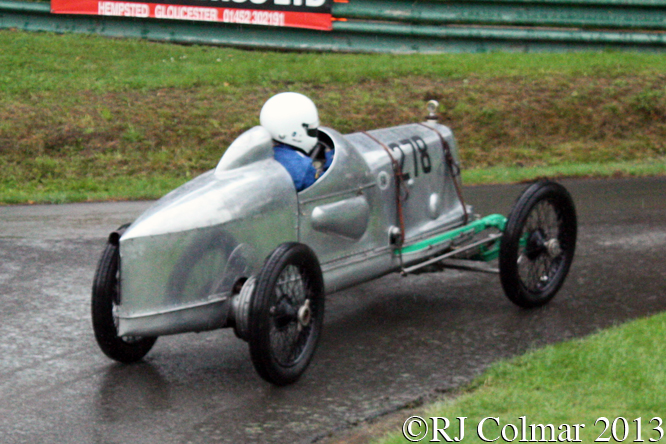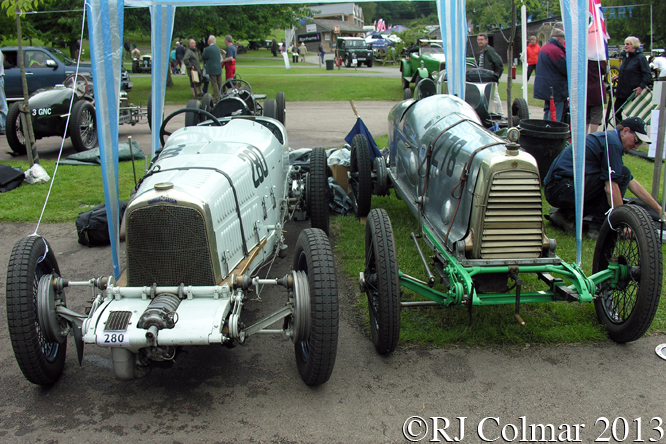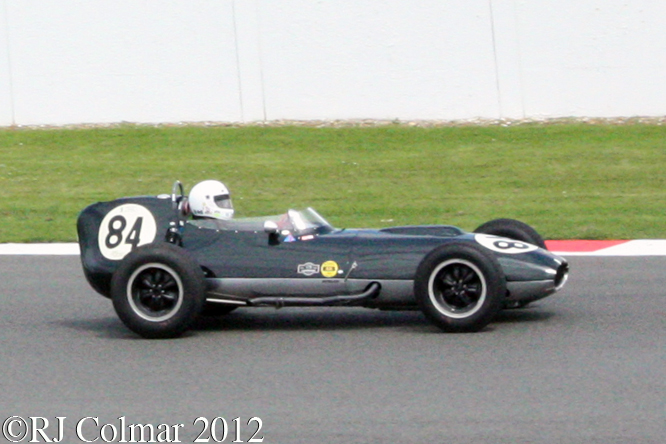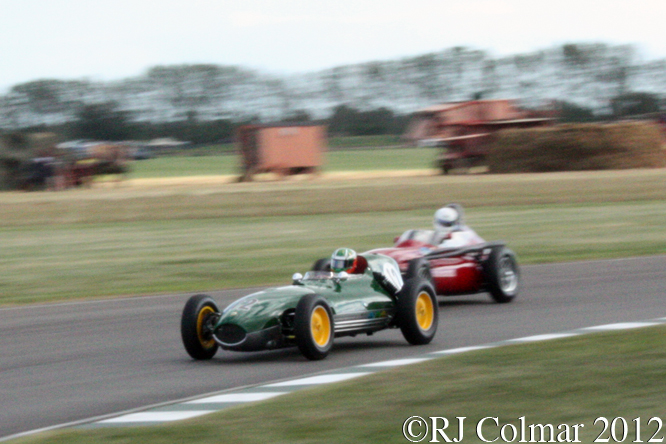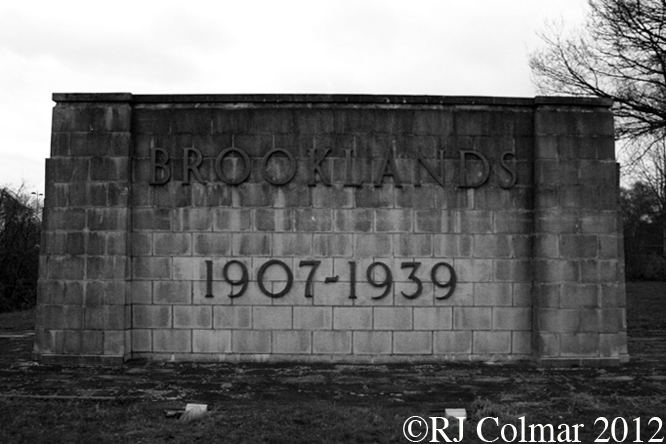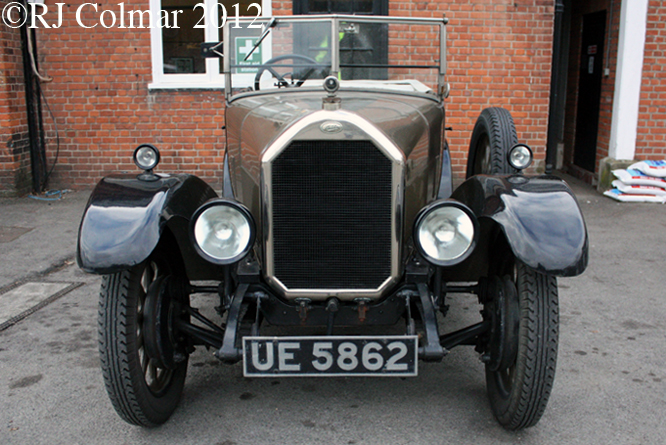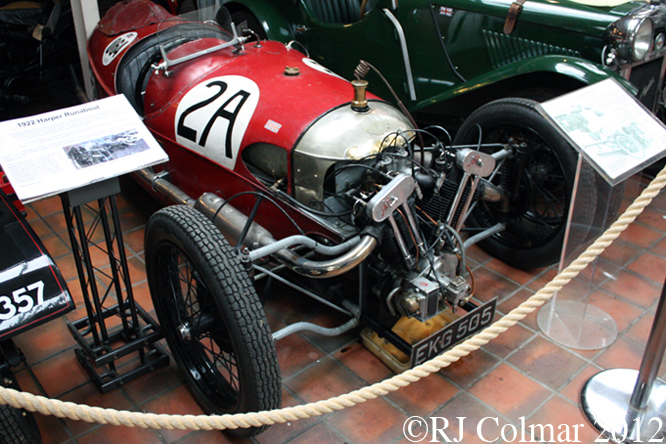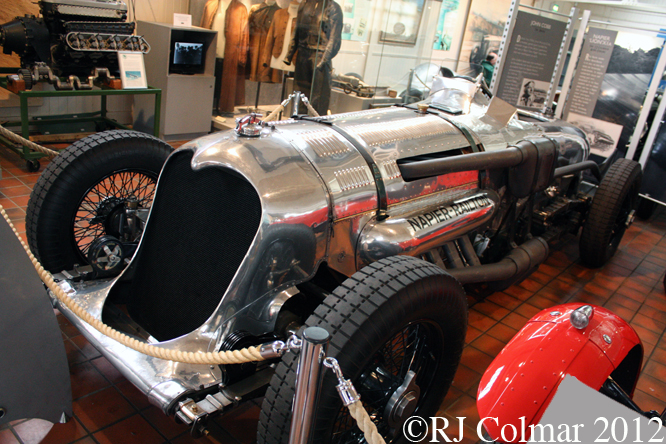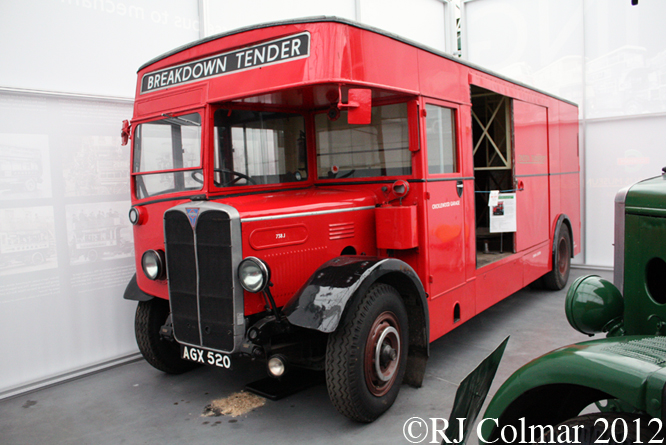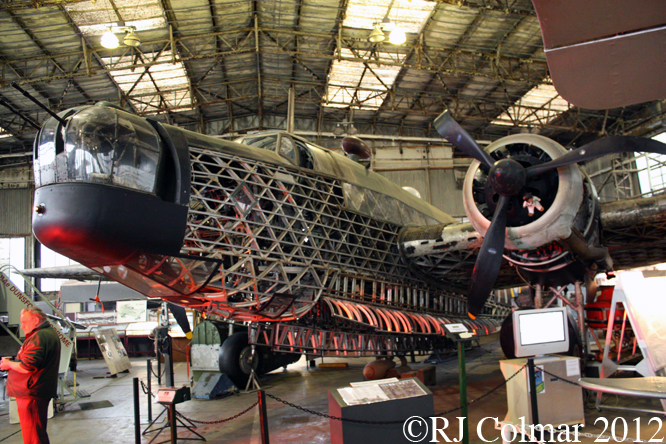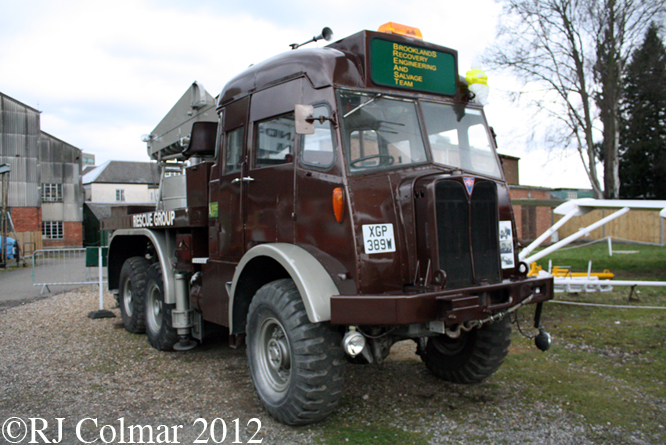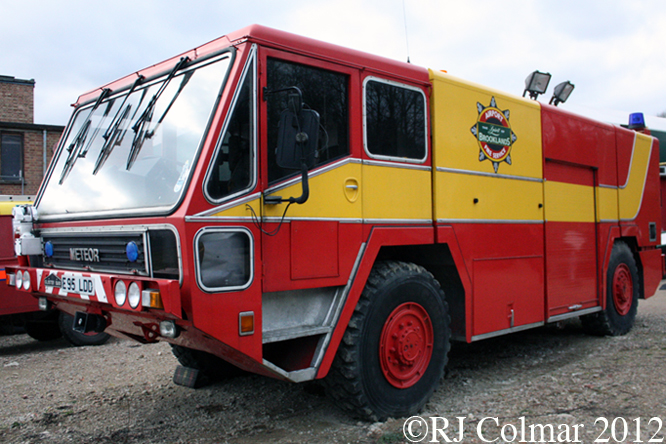Today’s featured Maserati 250F was a new factory racer for the start of the 1956 season when Jean Behra drove it to a second place finish on it’s debut in the 1956 Argetinian Grand Prix behind the Ferrari shared by Luigi Musso and Juan Manuel Fangio.

Jean drove the car, identified by the #2518 chassis tag on it’s forst two appearances, at least in six further races which included 3rd place finishes in the Grand Prix run at Monaco, Reims in France, Silverstone in Britain and the Nurburgring in Germany.
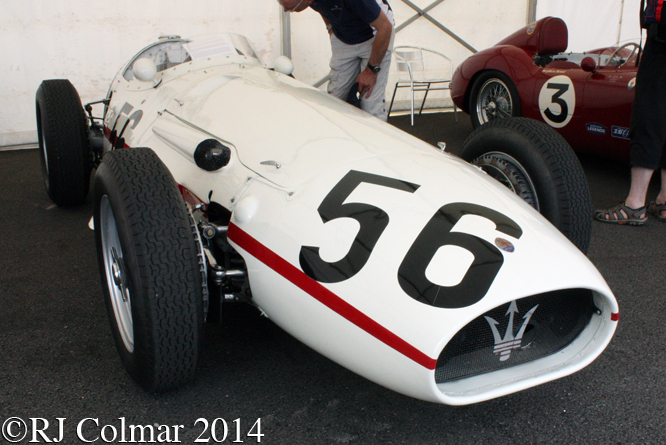
In 1957 Scuderia Centro Sud entered the car in possibly as many as three events in September 1957 for Bruce Halford who finished 7th in the non Championship International Trophy at Silverstone and Modena Grand Prix races.
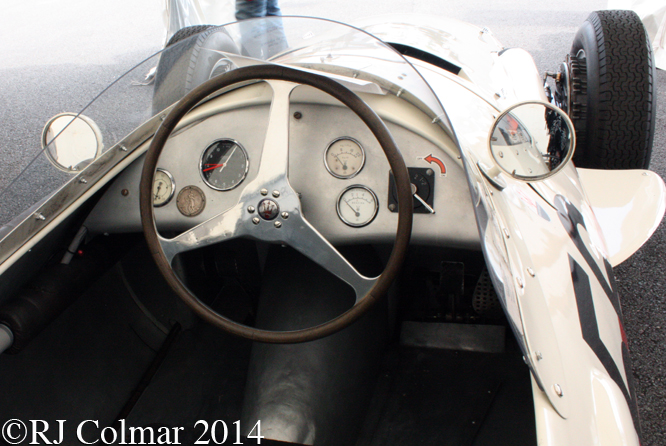
In October ’57 Jean Lucas drove #2521 for American entrant John du Puy to an eight place finish in the Moroccan Grand Prix.

In 1958 Monegasque André Testut bought #2521 he failed to finish the 1958 Syracusse Grand Prix after which he had the car rebodied before appearing at the 1959 Monaco Grand Prix where André failed to qualify for the second consecutive year.
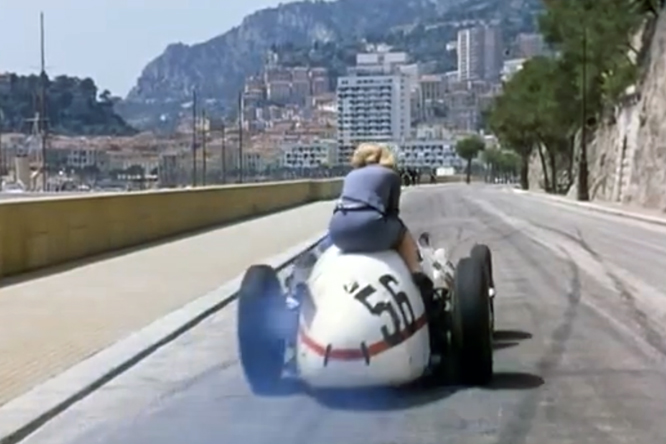
However cinematic feté appears to have smiled kindly on #2521 as at the time of the 1959 Monaco Grand Prix Hungarian film director Géza von Radványi was making a German Romantic Commedy called Ein Engel auf Erden, An Angel on Earth, staring Frenchman Henri Vidal as a suicidal racing driver and Romy Schneider as an air hostess and angel sent to save him.

In the film Henri is depicted driving #2521, with André Testut acting as his double in the racing scenes, to victory in the Monaco Grand Prix with a little devine intervention from above, at the end of the race he stops to pick up Romy and is seen driving to Nice Airport with Romy riding sidesaddle on the back of #2521.
If you speak German you can see the film on this link, or there is a version of the film called Mademoiselle Ange in French on this link.
Tragically soon after the making of this film Henri Vidal was to die of heart attack in December 1959. Coincidentally Romy Schneider also died of a heart attack in May 1982.
My thanks to Alan Cox at The Nostalgia Forum for confirming the identity of today’s featured car.
Thanks for joining me on this “Side Saddle With Romy” edition of “Gettin’ a li’l psycho on tyres”, I hope you will join me again tomorrow when I shall be looking at the last in the current series of Bugatti’s. Don’t forget to come back now !


